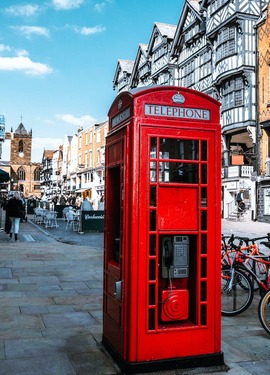So much for austerity…what a waste of time…no?
Yup.
It’s important to understand that this is public sector borrowing measured against the size of the economy. And note that public spending is also a component of the size of the economy — £1 of public spending equals more than £0 of GDP, while £1 of spending cuts equals less than £0 of GDP.
To say that austerity is dumb is an understatement.
Except that so-called austerity in the UK never materially shrunk government spending.
As a % of GDP, government spending under Labour peaked at 46.4% in 2009/10 - but that was an extremely unusual year and the stat owes more to the deep recession depressing GDP and inflating government spending. Pre-financial crisis, the underlying story of Labour in government was that they grew the state from 35.5% of GDP they inherited in 1996/7 to 39.9% of GDP in 2006/7. Whereas under the Tories after ‘austerity’, the lowest level government spending got to was in 2018/19, when the state accounted for 39.4% of GDP (and then it subsequently grew again under Johnson and Covid).
i.e. after 9 years of Tory chancellors, the state only shrunk to a level that was roughly equal to where it had been at the end of a decade of Gordon Brown as chancellor before we went into the financial crisis. Most of us who remember 2006/7 don’t recall it being a time of particular public sector restraint.
What ‘austerity’ was really about in the UK was two things:
1) It was a redistribution of government spending, away from many other things and towards health and social care. So the people who used the things that were being cut (benefits, local services, etc) felt the pain, but the state as a whole didn’t really shrink because the spending was being redeployed elsewhere.
2) It was a branding exercise. The Tories had just failed to win the majority they expected, and the Lib Dems had played a blinder in the Coalition negotiations. The Coalition agreement ended up including about 70% of the Lib Dem manifesto but notably didn’t include many of the big Tory manifesto priorities - bringing net immigration below 100,000, repealing the Human Rights Act, introducing the Snoopers Charter, etc. Then the Coalition in office did a bunch of additional things that further infuriated the Tory base - e.g. legislating for same-sex marriage, voluntarily participating in the euro-area’s bailout of Ireland out of a sense of good neighbourliness. So from the perspective of hardcore Tories, they thought we had a Lib Dem government in all but name, so the ‘austerity’ branding was Cameron and Osborne’s way of keeping their party onside by letting them think they were at least shrinking the state - when the reality is that they were only returning it to Gordon Brown levels.
Looks like we are heading towards a Weimar Republic
Who’s got all this debt? Is it the working classes
And our children




